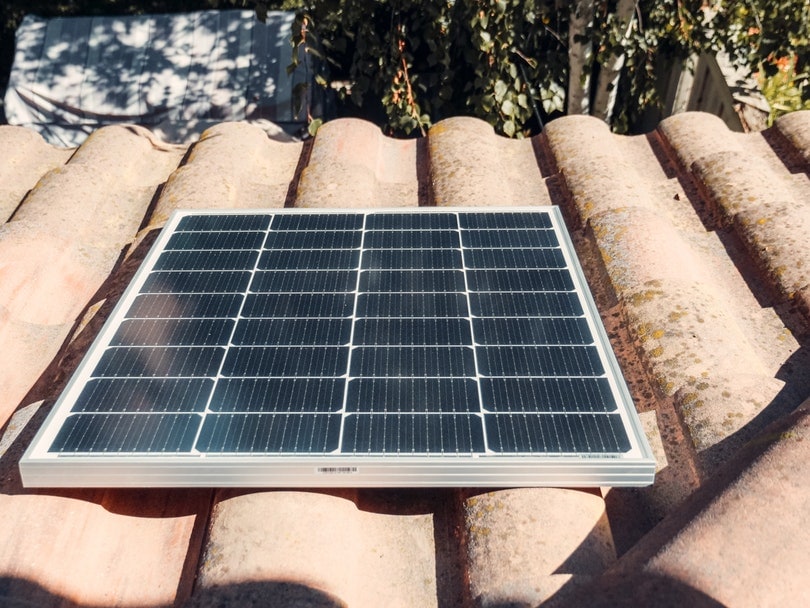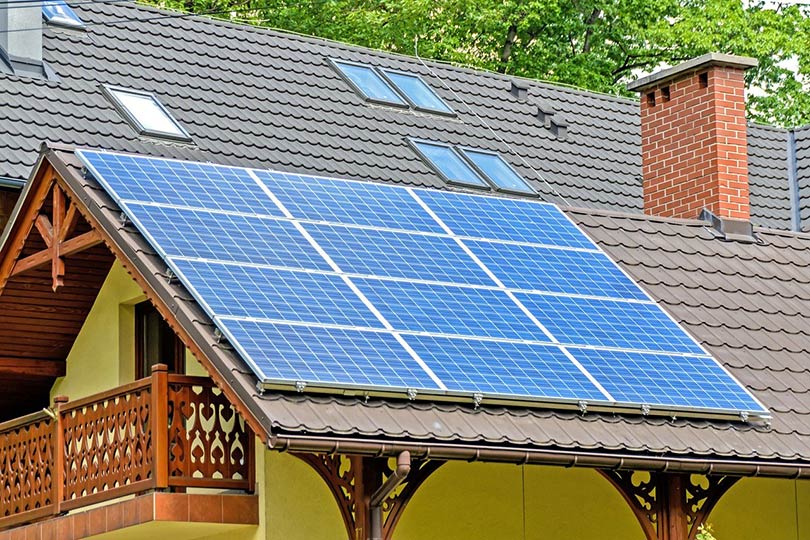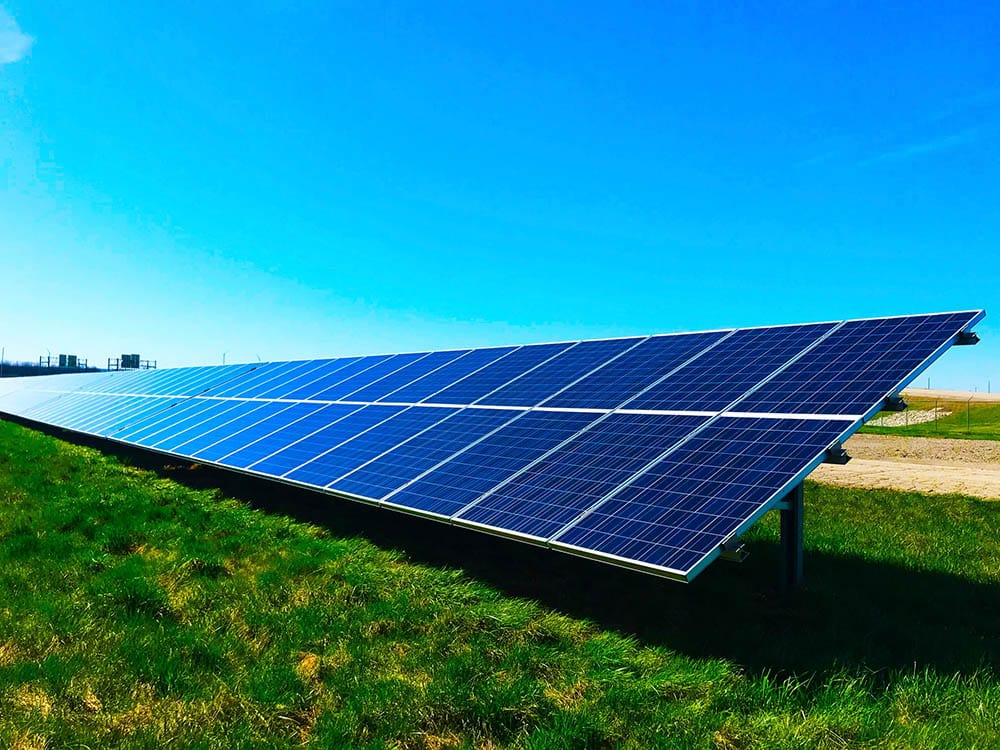How Much Energy Does A Solar Panel Produce? What You Need to Know!
-
- Last updated:

There are a lot of contributing factors that determine how much energy a solar panel produces, including the size and efficiency of the panel as well as its location and the amount of sunlight it receives. Generally, the sunnier the location and the more horus of direct sunlight a panel receives, the more energy it will be able to produce, but you do also need to consider the overall size of the panel. With that said, a typical solar panel, in the US, should produce approximately 1.8kWh per day.

About Solar Panels
A solar panel is made up of a series of photovoltaic cells, or PV cells. The cells are made up of semiconductor materials, typically including silicon, and as sunlight passes through these, it creates an electrical charge. The panel generates direct current, which is then passed through an inverter, which converts direct to alternating current which matches the power from the grid and that is fed into homes.
A typical solar installation will consist of multiple solar panels, usually between 4 and 12, which themselves contain between 32 and 96 PV cells so there could be more than 1,000 cells converting sunlight into electricity.

Solar Panel Characteristics
Several factors determine the exact amount of energy that a solar panel produces. The power rating of the panel is the amount of power that it can produce under specific conditions, and the higher the power rating, the more electricity it will be able to generate.
Power rating is usually given in wattage and can range from 300 to 500 watts. This power rating is governed and influenced by the number and efficiency of solar cells that are included in the panel. Modern, monocrystalline cells are considered more efficient than the more traditional polycrystalline solar cells, and the total power output will be influenced by how many of these cells there are.
The position of the solar panel also matters. If it is obstructed and the whole panel is not bathed in sunlight it will not be as efficient as it would be. South facing solar panels will be the most efficient because they will receive more direct sunlight over the course of a year, and those that are not obstructed by buildings, trees, and other objects will enjoy the greatest power rating.
Sunlight And Its Effects On Solar Panel Power Production
The other obvious factor that determines the output of a solar cell is sunlight. The brighter the sun, although not necessarily the hotter the sunlight, the more power a solar panel will derive from it. It might be surprising, but in the USA, we can expect 7 hours of usable sunlight and between 4 and 5 hours of peak sunlight per day, on average. If you live in an area that sees more sunlight than the average, you will get more power production from your solar system.

Calculating The Energy Production Of A Single Solar Panel
To calculate the energy production of a single panel, you take the power rating of the panel and multiply that by the peak sun hours, which gives you the amount of power produced, per day, in watt-hours. Divide this figure by 1,000 to get the kWh power output per day.
Assuming a 400-watt solar panel and four hours of peak sunlight:
400 x 4.5 = 1,800 watt-hours per day
1,800/1,000 = 1.8kWh per day
How To Maximize Solar Panel Energy Production
There are limited steps you can take to ensure that you’re getting the optimal power from any solar panels, although if the panels are already installed, those options are limited.
Prior to installation, ensure that the panels will be placed in a position that receives the most direct sunlight over the course of a year. This usually means that they are southern facing and installed on a roof, but if any structures or other objects restrict their exposure to sunlight, it might be worth look for an alternative position.
Ensure that large trees and shrubs are cut and pruned so that they do not block out sunlight to the panels. This is especially important with those that are installed on the ground but can also influence rooftop installations.

How Many Solar Panels Do I Need For 1,000kWh Per Month?
The average US household uses approximately 1,000kWh per month. Assuming a single panel produces 1.8kWh per day, this is equivalent to 54kWh per month so it would take approximately 20 panels to produce this amount of electricity. If you have more efficient panels, greater sunlight, or require slightly less power per month, you will need fewer panels.
How Much Energy Does A Solar Panel Produce Per Square Meter?
Knowing how much electricity solar panels can produce per square meter can help determine or roughly calculate how much roof space you will need to be able to generate your entire home’s energy requirements using sunlight. It is estimated that modern solar panels generate the equivalent of 1kWh for every hour of sunlight. Assuming 4.5 hours of sunlight per day, this means that one square meter of solar panel will generate 4.5kWh per day. A typical solar panel measures between 2 and 3 square meters.

Conclusion
Solar panels and solar panel systems are becoming increasingly popular as homeowners look for ways to avoid escalating energy prices while reducing their carbon footprint and their reliance on fossil fuels. Modern panels are a lot more efficient than those that first hit the commercial market and a standard solar panel can produce the equivalent of just over 50kWh per month.
Featured Image Credit: Kindel Media, Pexels
Contents

